Heidi's
I created this prototype to demonstrate my skills in Articulate Storyline. This is an induction course for a fictional cupcake company called Heidi’s.
This project showcases:
- Implementation of ADDIE
- Branding
- Hot spots
- Using triggers and states to create interactive menus
- Formative quiz activities
- Universal Design for Learning
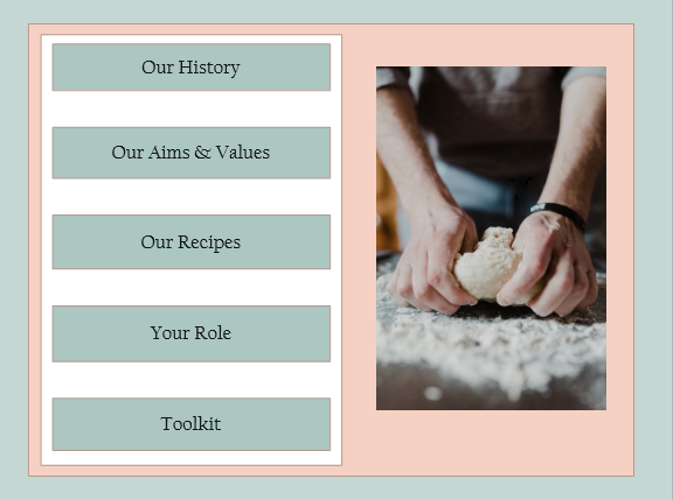
ADDIE
Analyse
I created a fake context for Heidi’s so that I could work through the ADDIE process.
Heidi’s is a locally owned cupcake and decorative cake bakery in Lancashire. Recent success has meant that an additional store has opened alongside the flagship site and events business. Plans are also in place for an additional two sites. The owner, Heidi, is looking to standardise the induction process across locations to ensure a consistent high standard of customer service across sites. Heidi’s employs four full-time bakers as well as three part-time front of house employees. Heidi’s is also beginning to commission bakers and chefs to produce a ‘Heidi’s Home Bakes’ recipe book. The planned expansion means the recruitment of more staff is imminent.
Once I had a context, I considered the who, why and what of learning to guide me through the analyse phase.
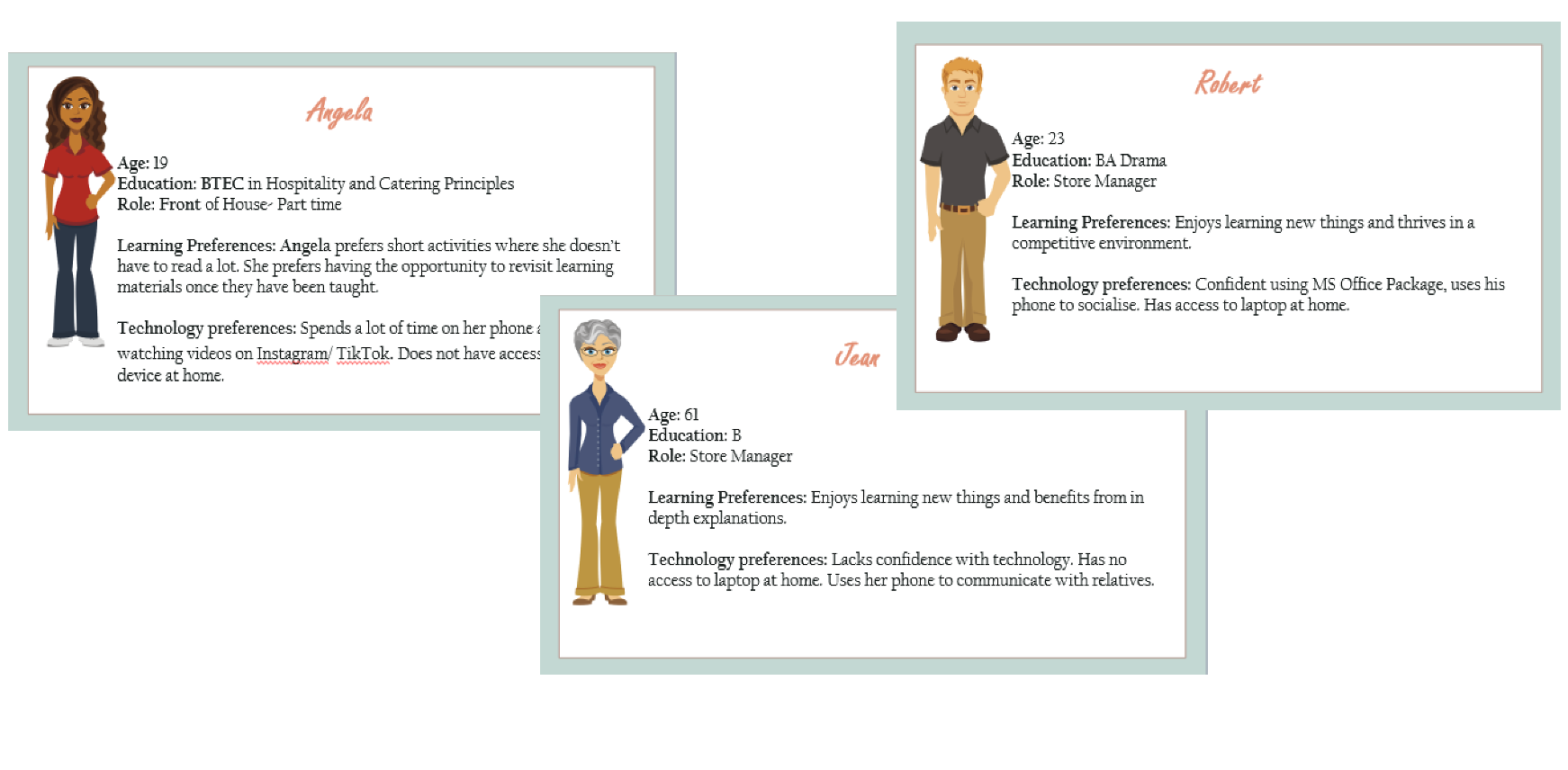
Learning Personas
When considering the who of learning, I created hypothetical learning personas for learners who would be taking the course. I included a wide age range therefore technological preferences need to be considered. Access to devices during work hours is limited to one laptop used for accounts etc therefore the course needs to flexible in terms of devices used. Accessibility factors will also need to be carefully considered – e.g. subtitles and demonstration videos.
Bloom's Taxonomy
The next task was to consider the why and the what of learning.
I used Bloom's Taxonomy to formulate hypothetical Learning Objectives for this course. These objectives needed to solve the 'problem' of Heidi's current customer service induction being inconsistent across sites.
Having considered the problem, I decided the Learning Objectives should be as follows:
- Describe Heidi’s history in the context of the local area
- Explain Heidi’s aims and values and how they relate to my role
- Describe and explain the unique ingredients that go into making Heidi’s cupcakes
- Interpret a customer’s needs and explain how you would tailor our service to suit their needs
I used Bloom's Taxonomy to scaffold the progression through the course. As this is an induction course, lower order thinking skills were appropriate but the need for higher order thinking skills came into play when the objectives addressed customer service needs.
Key topics covered by 4 distinct modules:
- Our history
- Our aims and values
- Our recipes
- Your role
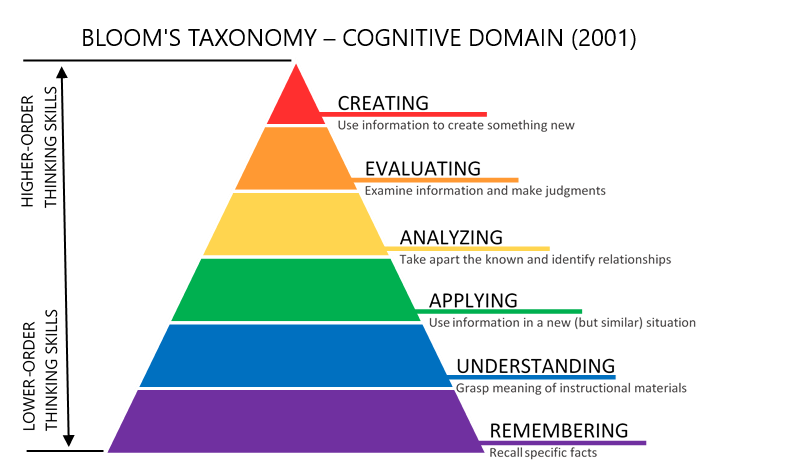

Design
In this phase, the how of learning was considered.
I decided to use an online asynchronous approach so that new staff will have two weeks to complete the course after initial logon.
I decided a linear flow of learning through the modules would be best but learners have the freedom to navigate through each module as they wish. Learners also have the option to access a toolkit comprising key documents at any point during the course.
Learners must complete all slides in order to complete the course.
The course comprises a mixture of video and text content combined with short formative assessments and interactive hotspot activities.
Wireframe and Storyboard
Due to the linear nature of this course, the wireframe showing how the learning will flow is fairly straight forward.
The prototype itself acts as a storyboard as it provides a visual depiction of the scenes, dialog and interactions in a sequential order.
Implementation & Evaluation
I used Talent LMS to publish this course, uploading a SCORM file. As this is a fictional course, I cannot execute the full roll out process as I would like. If it were real, this would involve a pre-roll out process that refocused on the analyse stage before moving onto configuring the learning platform and testing the course. Once this had happened, the course would go live.
Evaluation would consist of collecting feedback from the entire ADDIE sequence using Kirkpatrick's model to inform this process.
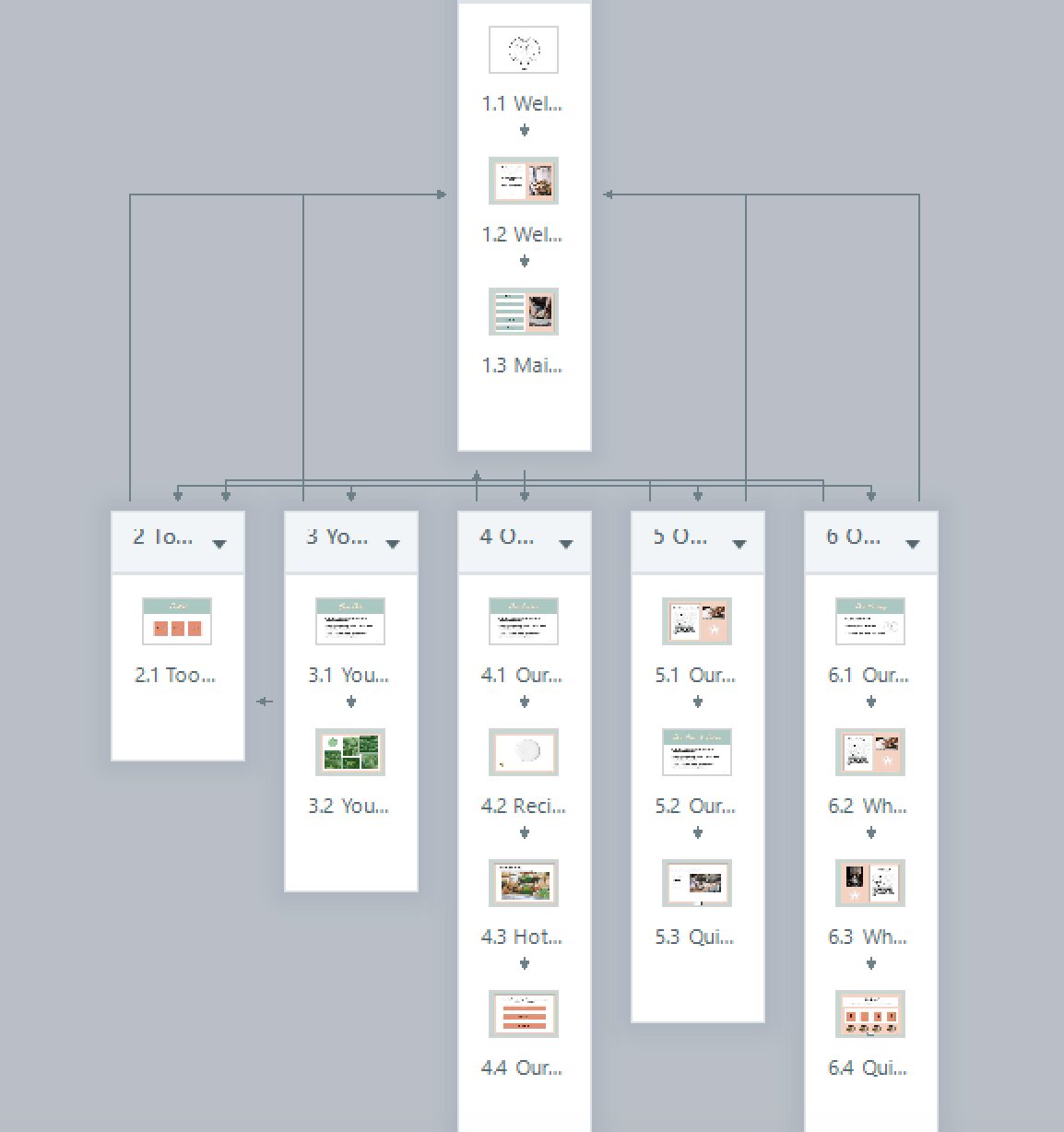
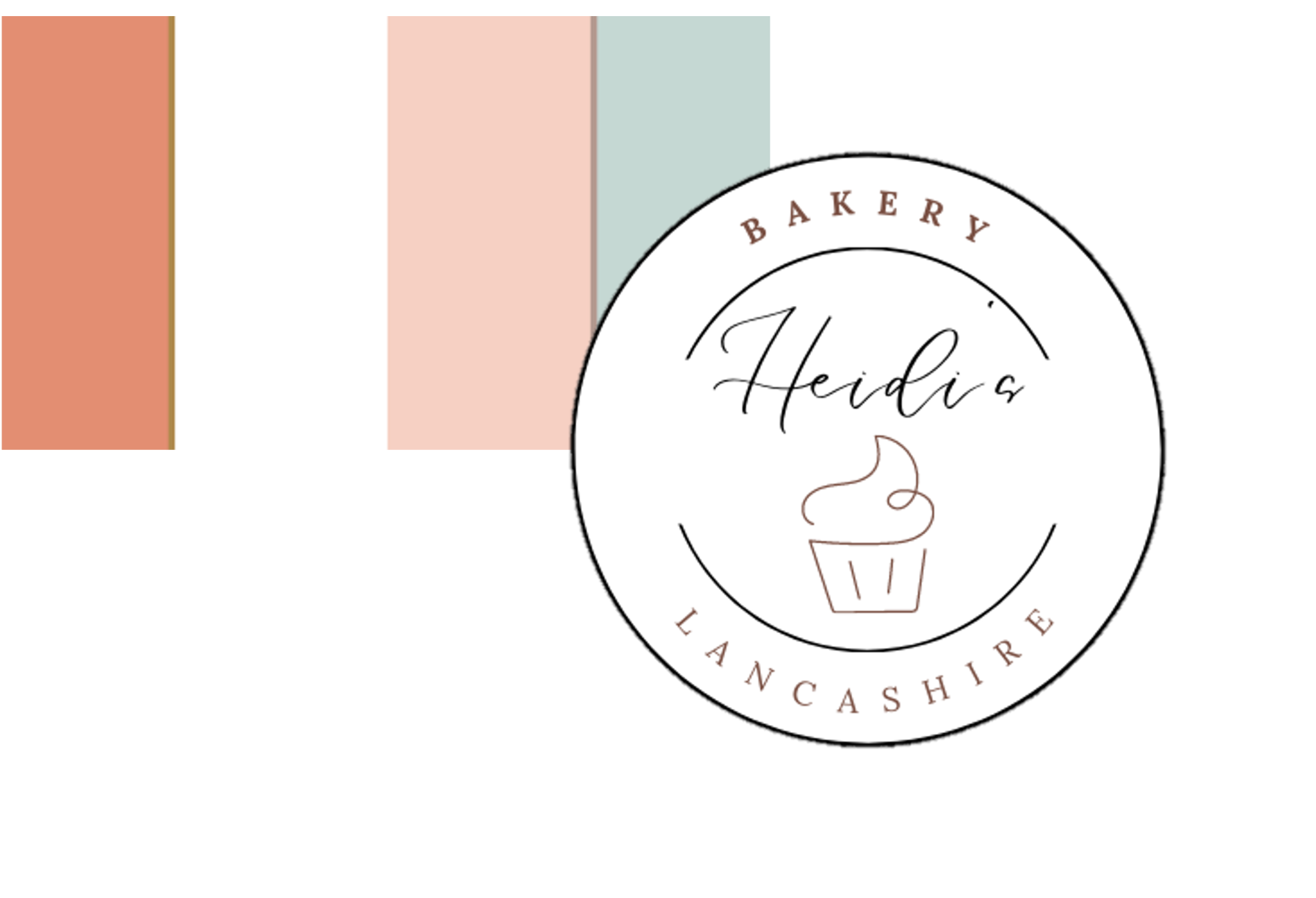
Branding
I wanted to create a project that had a clear, identifiable brand. My aim was to create a mid-century feel with a sophisticated, classic twist. This aim informed my colour and font choices. The logo was created using Canva.
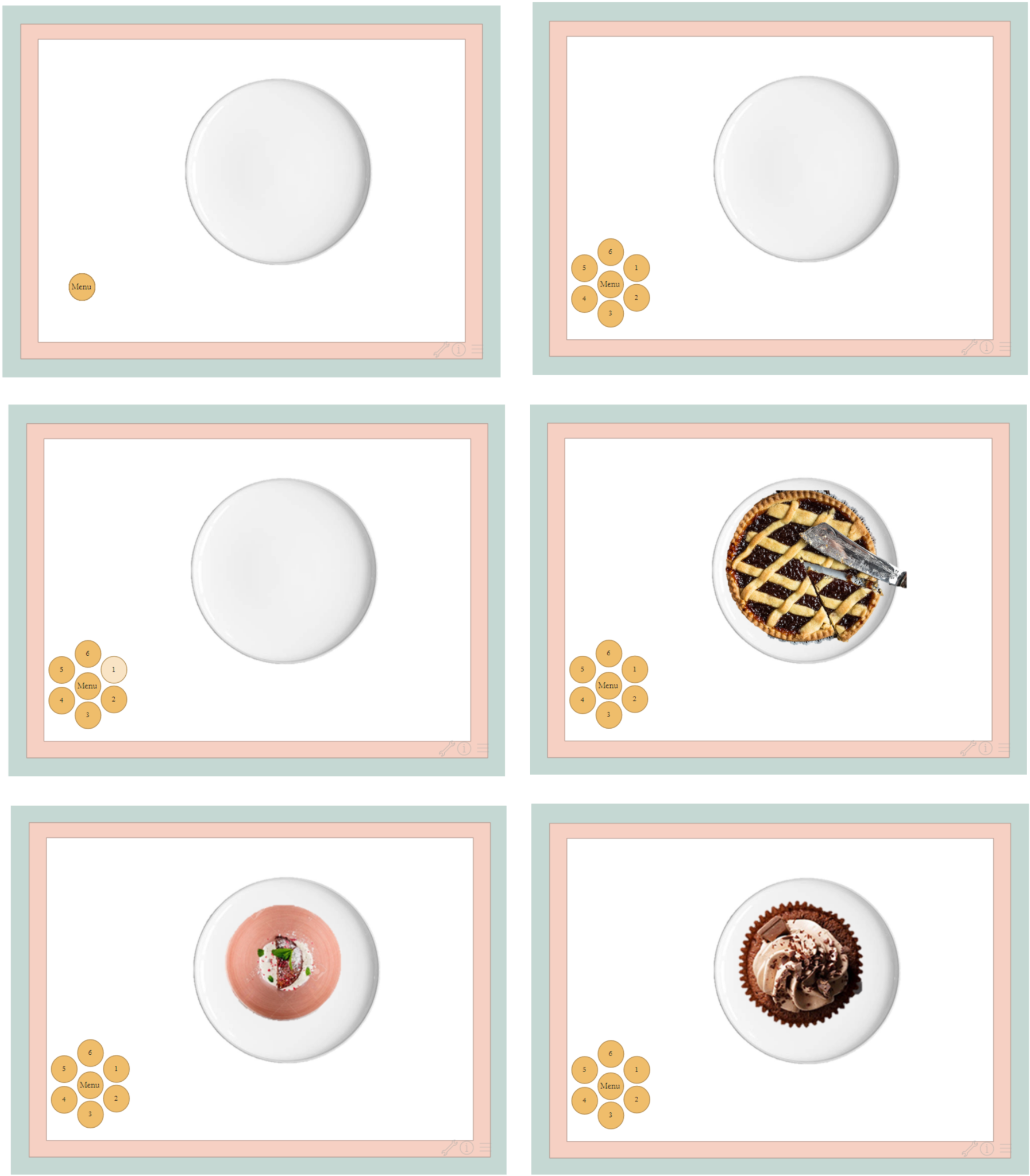
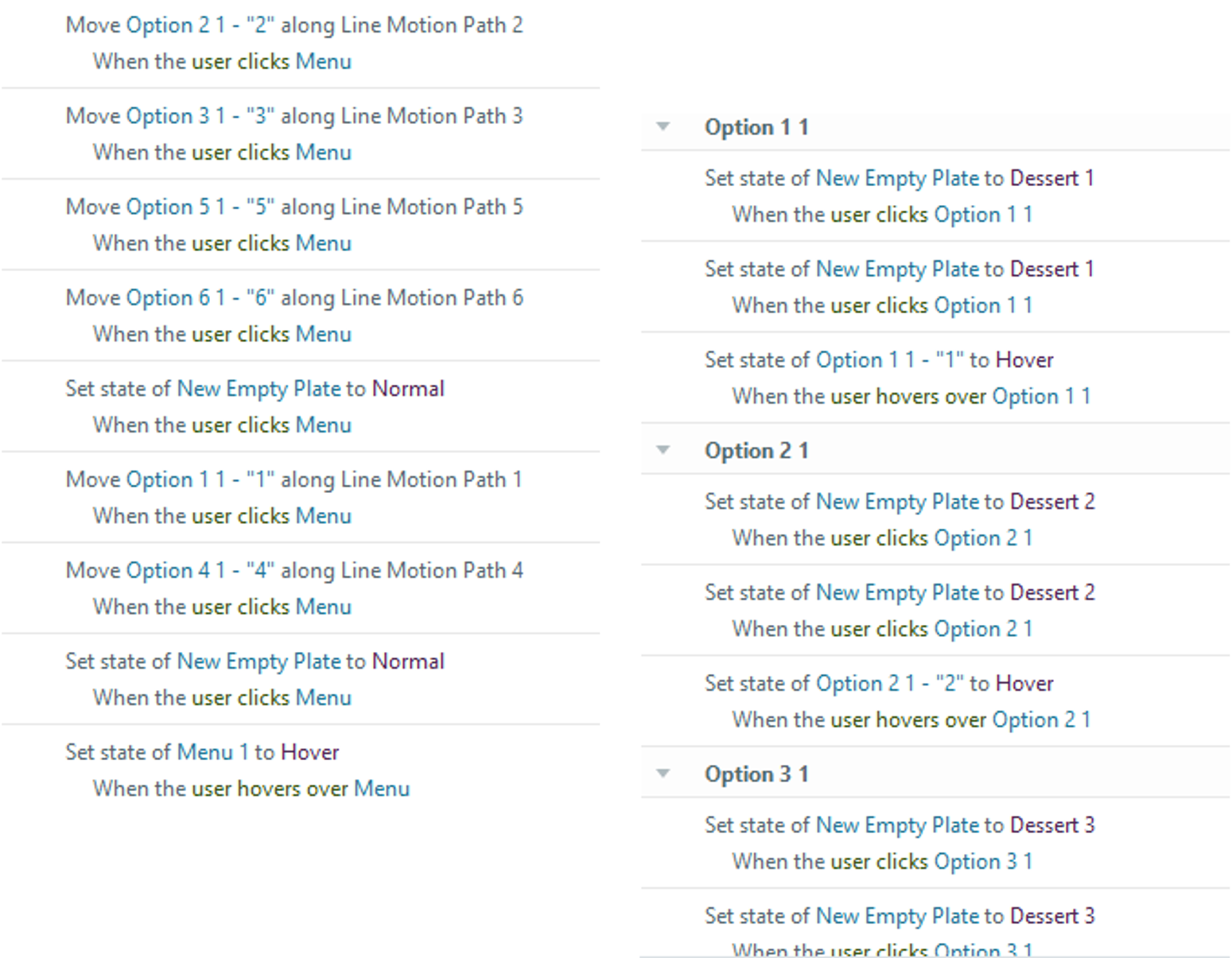
I used a drag and drop activity to test learners' understanding of the timeline of the company. A simple multiple choice quiz was created by creating buttons with triggers to show layers depending on whether the user got the answer correct or incorrect.
I set the course completion settings so that learners must complete all slides correctly in order to complete the course.
Hotspots
I used hotspots to guide learners through various recipes. A recipe card appears when the user hovers over a dessert on the picture.
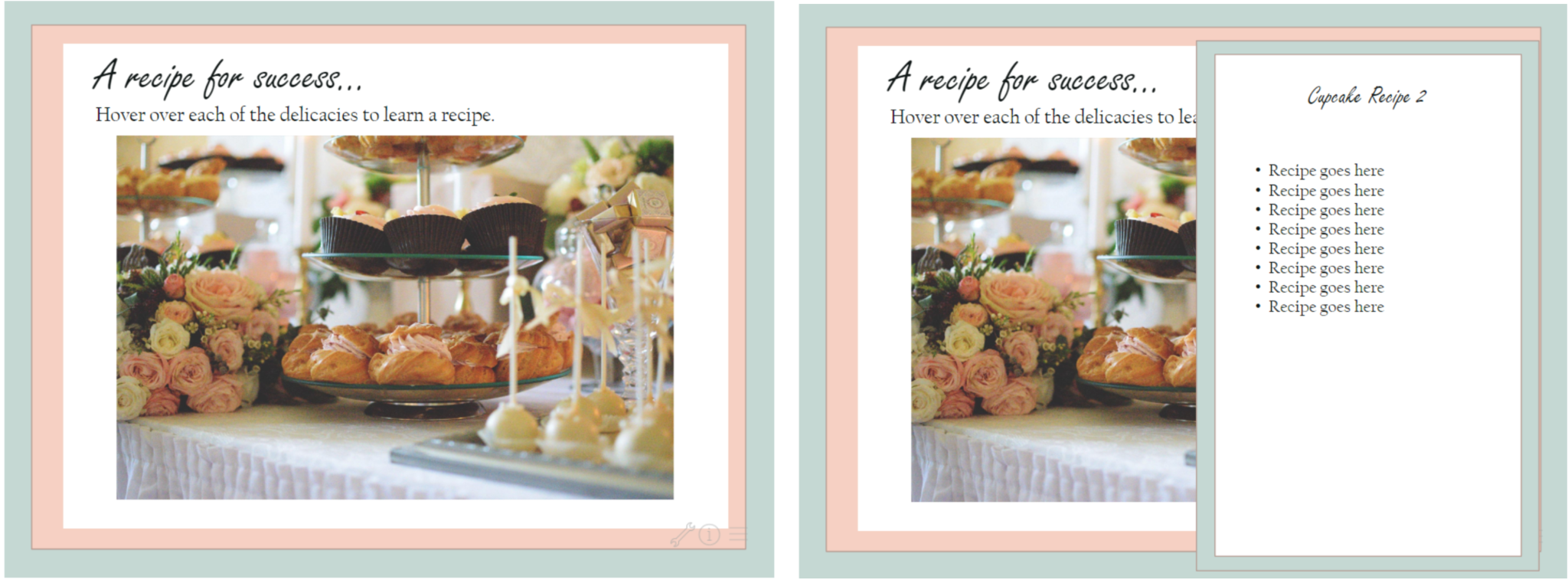
States & Triggers
I used Powerpoint's Remove Background tool to cleanly crop images of an empty plates and various desserts. I then created various states as shown below.

I created the interactive menu using shapes and added a motion path and triggers to activate when each button was clicked.
Once that was done, I added triggers to reveal a specific dessert when a button was clicked.
This created my interactive menu.
Formative Quizzes
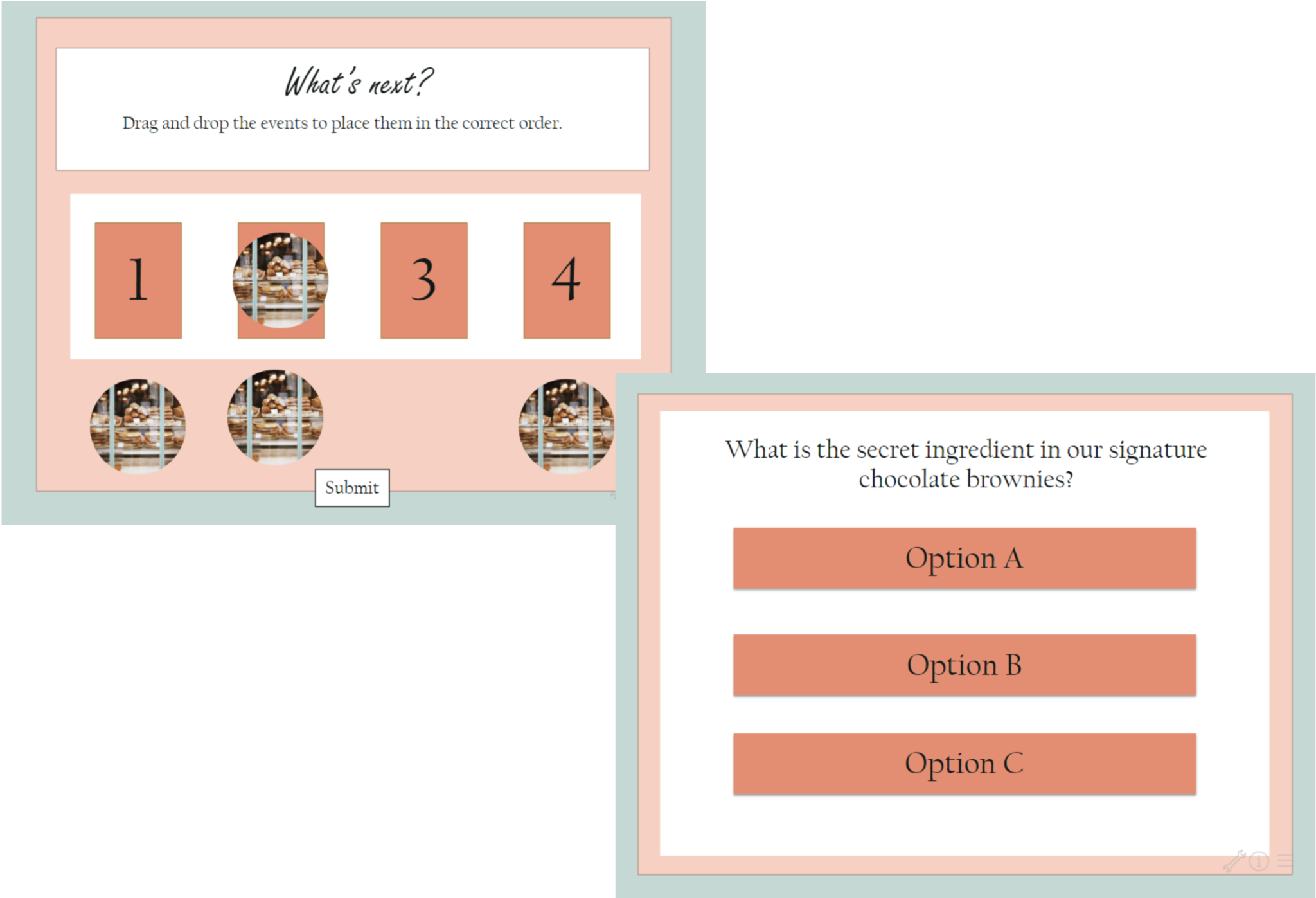
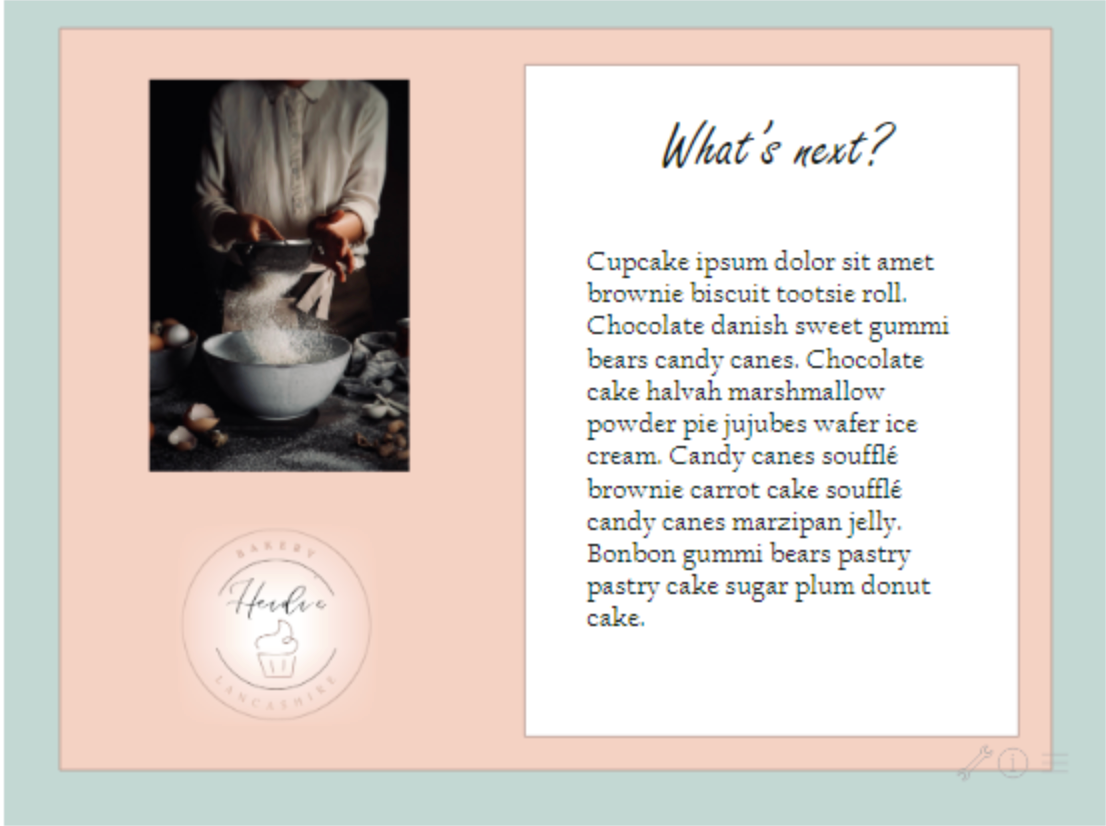
Universal Design for Learning
Universal Design for Learning is an approach I am familiar with as it is a framework I used daily in my teaching career. For this course I used videos and varied assessment activities to help all learners achieve.
I included icons, which when clicked would provide video instructions for completing the activity. A toolkit is provided so that learners can navigate there to find out more at their own pace.
I tried to keep chunks of text to a minimum and although there are no voiceovers on this prototype, I would add this to each slide in a 'real world' course in order to support all learners. Subtitles would also be added to ensure access for all.
